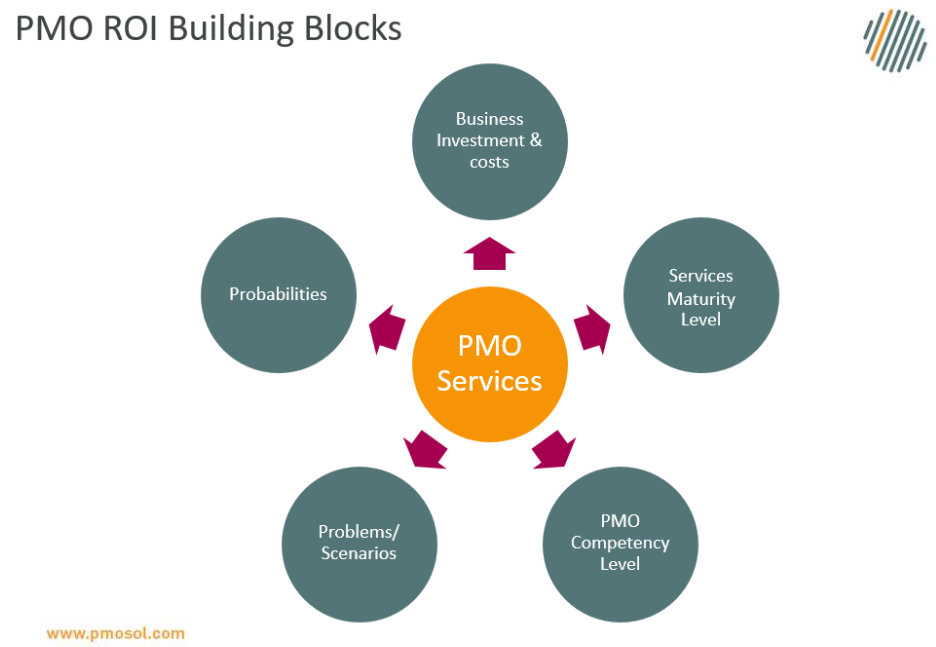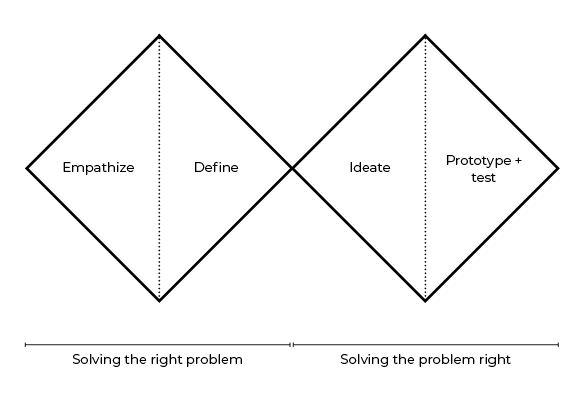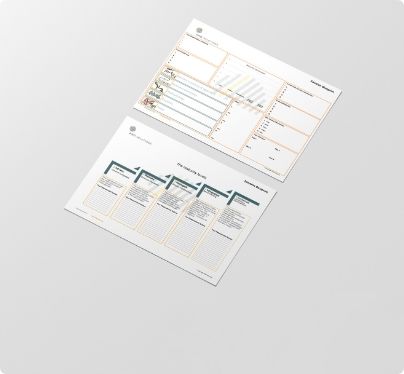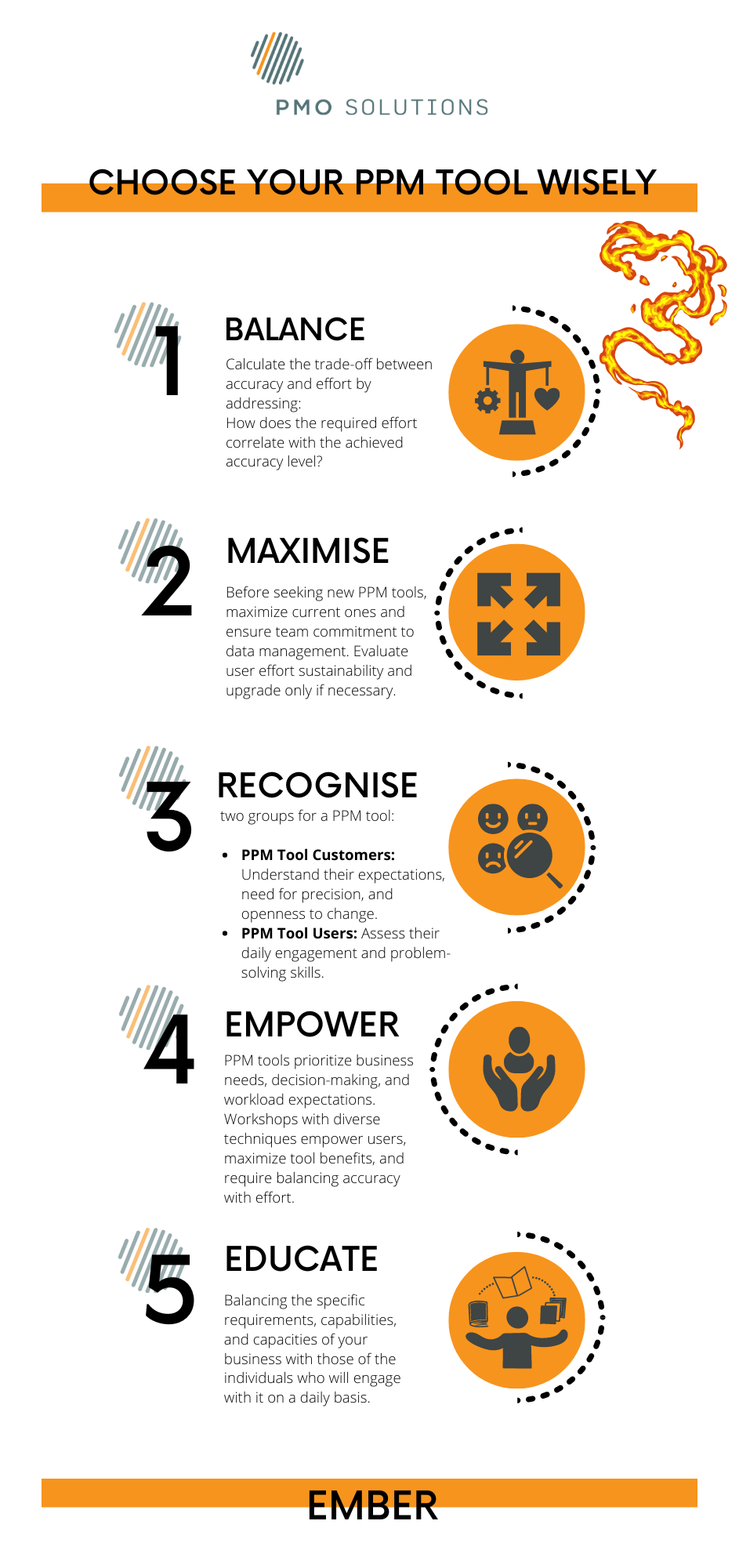01 September 2019
Themes in PMO on 2019
In August 2019, the 8th PMO Leadership Summit was held in Sydney, Australia. This annual event is a fantastic opportunity to learn from each other’s experiences. The key themes that consistently featured in the presentations, workshops and discussions were Communication, PMO Integration with Business and Agile.
Communication
Communication is the key to setting expectations and therefore successful business outcomes, yet it is often a challenge to deliver the messages in a way that everybody understands
Collaboration… and the gruesome end of a kangaroo (stuffed toy!)
The most memorable technique to illustrate collaboration and competing priorities was shared by Michael Artiles, and it effectively showed that if competing priorities (departments, incentives) are present, in trying to achieve their own, each will pull the resources (company, “kangaroo”) in opposing directions; this demonstrated in a very visceral way that unless the team is aligned on the priorities, it’s going to be a mess…
During the actual event each of the senior leadership team members was asked to hold a part of a kangaroo (stuffed toy!), representing their priority. The result of having different deliverable was that they ended up ‘quartering and drawing’ the poor kangaroo!
Storytelling and Adaptability
Another common thread is that the PMO needs to find the right message and delivery method to communicate; people are tired of changes. The message must be simple and highlight the benefits that will result from the change for the organisation, department and individuals.
Telling a story is memorable, as it describes a journey, from where we are to where we need to go; why are we doing this, and when are we seeing the benefits? If presented well, this roadmap is a guide that sets expectations of when agreed benefits will be available. Employ creative resources to tell the story of change and deliverables to start feedback and conversations. Then incorporate the feedback to adjust the services, update the roadmap and communicate these changes transparently.
In the modern business environment agile is not a technique, it is a mindset: we need to share our plans, assumptions and expectations; ask for and listen to feedback from all stakeholders;
PMO Integration with the Business
A second theme was clearly that the PMO must be a strategic partner in the business. This can mean being responsible for investment and portfolio prioritisation, or being the ‘conscience’ of the business and making sure that the current portfolio is still delivering on the strategy.

A key requirement for a PMO to be taken serious as a business partner, is that we need to speak the language of business. A key financial metric that shows the value that the PMO delivers is “ROI” or Return On Investment. Translation: how much does the PMO save for the business.
Business Contributor: ROI
The method presented is based on ‘crowd insights’: data collected by the PMO Global Alliance and integrated into the PMO Value Ring cloud-based tool. When using the ROI module, the tool will estimate the total savings based on a combination of parameters.

To calculate the PMO’s contribution to the bottom line, the main parameters to consider are: the portfolio value ($/year); probably of portfolio loss (%, based on distribution of observed problems and estimated losses); PMO cost ($/year); services maturity in current cycle (%); PMO competency indicator (%).
Strategic Business Partner
Research has shown that “organisations that can implement strategic initiatives effectively perform well above average financially”; to do so, successful management of projects and programs is critical. To support this, the PMO must be involved in the full investment & planning cycle to be able to focus on outcomes and ensure that value is delivered. The PMO must evolve to a strategic and transformation office mindset to help shape the strategy that they are tasked to deliver.
Agile Organisations
As more organisations adopt agile practices, it is important to think about how to effect such a cultural change: top-down, or bottom-up. We heard about both approaches: the executive team at ANZ decided to roll out new ways-of-working (agile) throughout the whole organisation. The opposite happens when agile approaches are implemented by small teams, and their success is adapted across other teams and departments.
Schedules for Agile Projects

As was emphasised during the first day’s panel, from a governance and planning point of view, Agile organisations still need a schedule for each project. They are essential: it is difficult to hold teams accountable for on-time delivery without a schedule. Other reasons include: setting client delivery expectations; accounting for team members’ time and departmental budgets; inclusion in portfolio-level metrics.
Design Thinking: Agile in Action

A key agile concept is to ‘fail-fast’ by implementing frequent feedback based on a short iterations (sprints) to ensure that the end product meets the client’s needs. Design thinking includes similar stages of prototyping and testing; Sarah Foxe presented how her PMO applied design thinking tools and techniques to redefine the PMO as a key business partner and contributor. This process focuses on: working with the stakeholders, and really listening to their issues, which results in people feeling safe to open up and helps in defining the real questions to answer. The ‘double diamond’ process delivers insights that are unlikely to be discovered by other means.
In Closing
I look forward to continue learning, collaborating and most importantly hope that these shared insights are remembered, adapted and implemented in our organisations. They support the development, influence the direction of our futures and are key to deliver PMO services.
PMO Solutions was a main sponsor of this conference: we are very active in the PMO community, including as co-organisers of the monthly PMO Sydney Meetup. We specialise in supporting and training practitioners in the PMO space, promoting and sharing best practices and good ideas. Specifically, we are passionate about the PMO delivering value in a creative way.
Book your time with us if you want to learn more about what we can do to help your business.

Tags
Governance, systems, Processes, Methodology, Productivity, Integrated Systems, Project Governance, Project Management Methodologies, Program Governance






